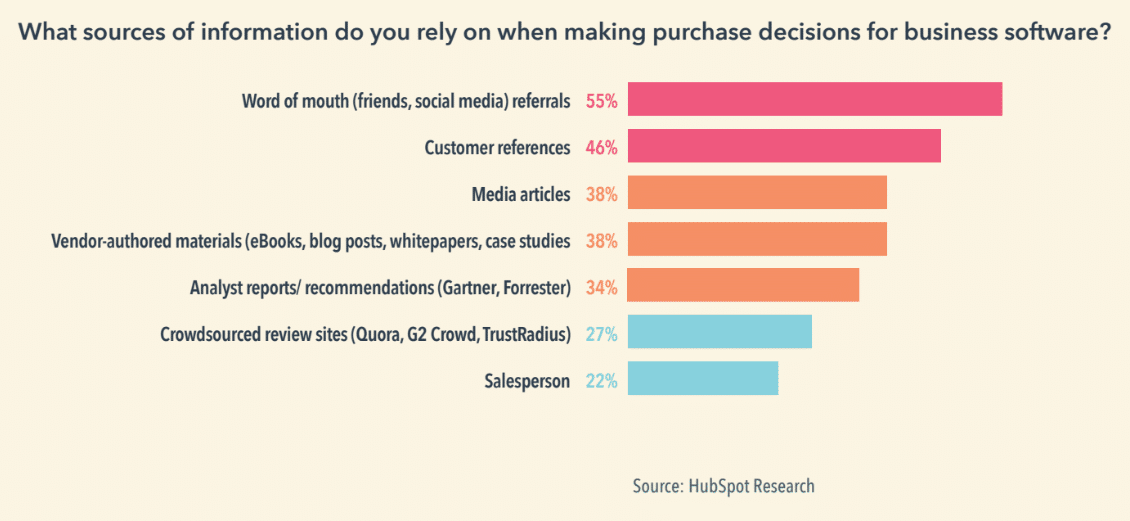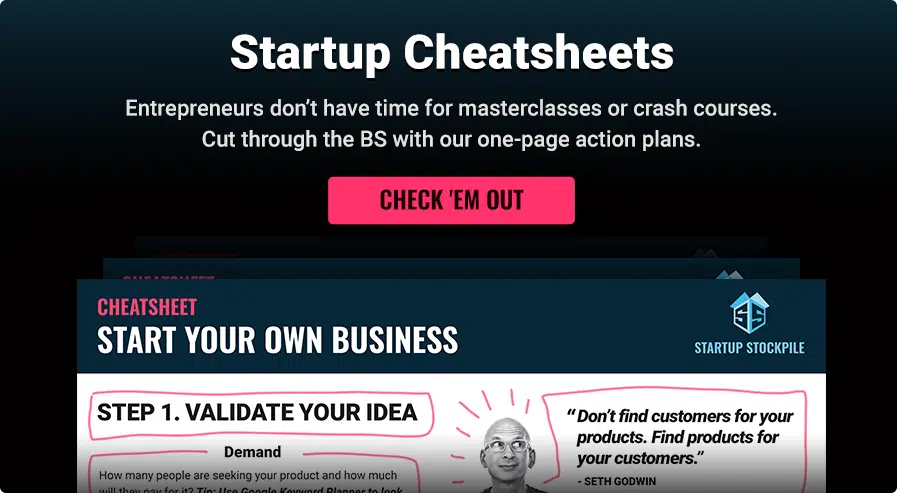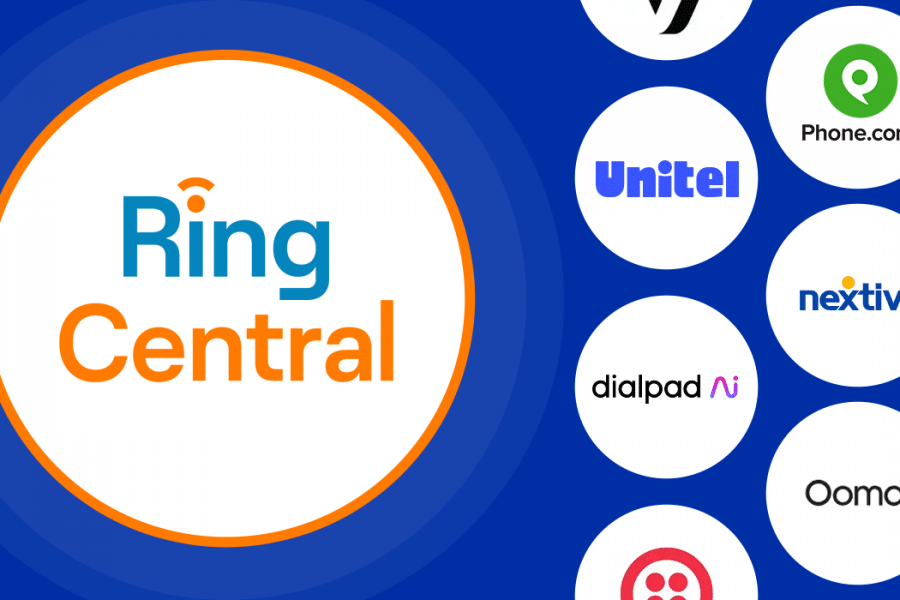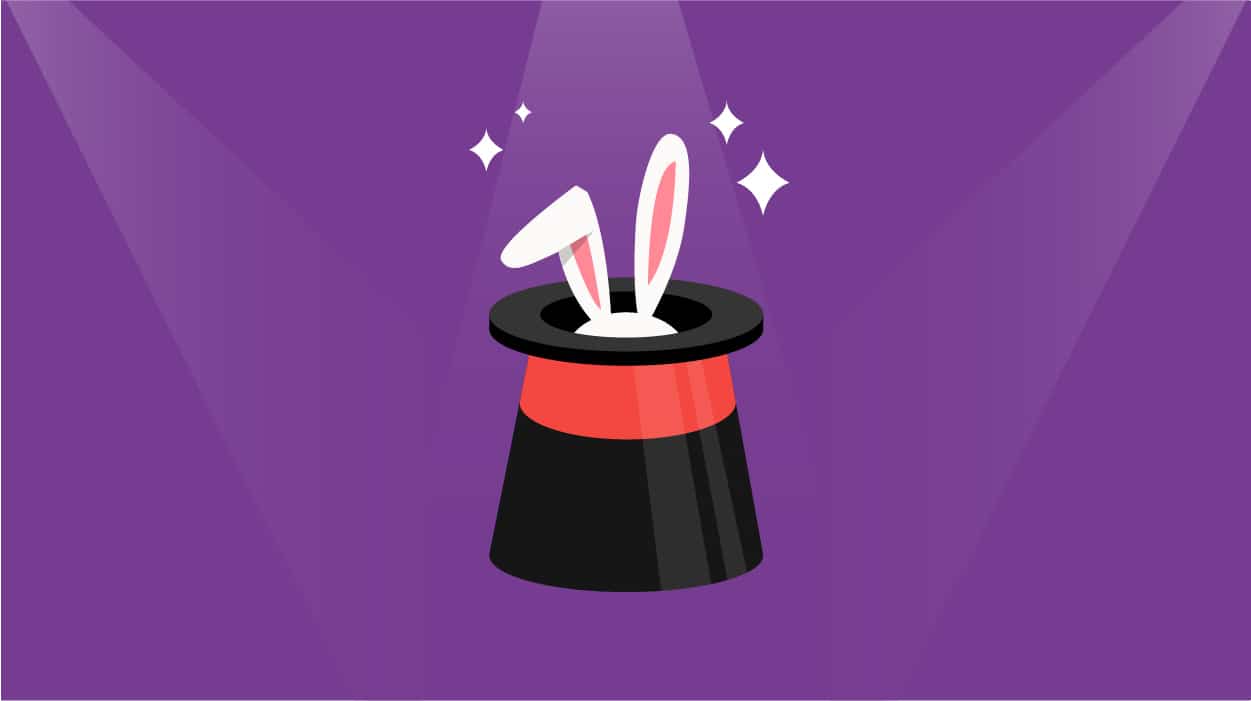Customer onboarding is the process of improving a person’s success with a product or service. While that sounds like a vague statement, it’s actually as close to perfect as a definition of customer onboarding gets.
You see, when it comes to onboarding strategies, startups must devise ways of introducing new customers to their solutions in the most inspirational and intuitive and simple way possible.
Simply put, anything else makes for a painful experience.
Customer Onboarding Strategies & Benefits
And the benefits of constructing a solid onboarding strategy pay dividends. Here are three ways startups become stronger by investing in their customer onboarding approach:
1. Increases Retention Rate & LCV
Building an effective customer onboarding strategy better positions your brand to retain more customers. In fact, research shows that you’ve got a 60% to 70% chance of selling to an existing customer vs a 5% to 20% of closing a new deal.
2. Predictable Business
While customer onboarding takes a fair amount of tweaking to generate results, when it works, it’s powerful. It enables your business to rely on a more predictable revenue stream from clients who love your brand.
And predictability is what you want. Whether you offer OTT apps or CRM software, access to a steady stream of income allows you to focus on developing better products and processes throughout the rest of your business.
3. Happier Customers Make For Strong Brand Advocates
You’ve heard it before, and it’s true. Happy customers really do make for the best kind of marketers. HubSpot found that word-of-mouth is the first and most valuable source of information buyers use when making purchase decisions.
And happy customers can only become happy if they truly feel that you’ve delivered value.

Image: HubSpot
6 Straight-Forward Customer Onboarding Strategies To Reduce Churn Rate
One of the best-kept secrets in business is that companies live and die by their processes. The most effective processes require iterative changes. They rely on proactive thinking, attention to detail and perseverance to generate results.
When it comes to onboarding, all you’re doing is developing a repeatable process that generates results.
If you’ve struggled to find new ways to move the needle for your business, here are six customer onboarding tips you can use.
1. Audit Your Performance
There’s a good chance that you have a customer onboarding strategy in place. But what if you’ve been at it for a while and none of your onboarding ideas are taking hold. What then?
Grade your customer onboarding process.
Find out how well your onboarding process is performing against your company goals. Goals seldom change in business but processes do, hence the idea of “pivoting.” But pivoting isn’t just done without insight. To pivot, you must know what’s not working.
Grading your performance will help you identify which ideas work and which don’t. It will also help you take stock of what not to do again given your documented insights.
As you measure your customer onboarding performance, look to your startup’s KPIs and how they support your onboarding process. For example, does your customer support team have a set of KPIs that are directly linked to your onboarding process? If so, has your team been meeting their KPIs?
2. Revisit Or Set Goals
There’s no getting around the importance of goals and goal setting. Whether you’re in startup mode or developing a new product in an established company, you need to know what you’re doing and why it matters.
Goals give your entire organization purpose. They help staff productivity align with organizational output.
And when it comes to customer onboarding, a team without purpose is a team incapable of making an impact in the market. As you examine (or re-examine) your goals, pay close attention to your history of performance.
Have you achieved your goals or have they proven out of reach? If so, it may be time to relook at a set of goals and milestones that are more achievable.
3. Scrutinize Your Customer Activation Process
Customer activation is all about transferring value. As a brand, you want your customers to fully realize the benefits of a product they are using, something only achieved by creating more opportunities for customers to engage with your product.
The more engagement, the more opportunities to derive meaningful data about how customers respond to your product.
But you’ll have to measure engagement to tell how effective your activation process is. Thankfully, there are different ways to do so. Depending on your onboarding process, you can track anything from email outreach efforts to successful voice calls with new customers.
What’s most important is that you leave no stone unturned. For example, if your process involves free OTT live webinars, note how many you offer to the client and if any clients attend them.
Developing a stronger and highly-effective customer onboarding strategy requires attention to detail. You must know where you’re losing customers, why you’re losing them (is it a product, billing or customer service issue?), and how often you lose them.
4. Speak To Your Team
Onboarding, like all things in life, never happens in a vacuum. People are involved and that means customers interacting with team members at some point.
So, rope your team into the conversation about your onboarding strategy and get their perspectives. Find out if there are trends they’ve identified that tell a more complete story about why your strategy isn’t working. Also, find out if there are inflection points they’ve noticed that seem to influence a customer’s decision to stay or leave your brand.
As with scrutinizing your activation process, be sure to map-out all team and customer and your product touchpoints. This will help you get a better picture of how and under what circumstances customers engage with your staff.
For example, if your product involves a video paywall for exclusive content access, measure how well the paywall converts. Is it helping or hurting your onboarding process?
Also, look for red flags and opportunities to delight customers. These could prove invaluable in making your onboarding strategy more effective.
5. Test Various Onboarding Methods
Your customer onboarding strategy can include various forms of content. You could use email, voice or video calls. You can also create helpful knowledge bases filled with education on how to use a product or service.
What’s most important is that you position your brand and product in an easy-to-understand way.
For example, video is powerful and versatile. It can be used for introductions to customer success managers and throughout onboarding to ensure that users understand the workflow.
It’s also a highly-personalized and engaging approach and can make your brand feel more human than the competition.
Video can also elevate what would otherwise be seen as boring content. By added videos in the support guides, welcome emails, and knowledge bases, you can make the process of learning about your product more engaging.
6. Constantly Examine Your Customer Base
Turning to your customers will always be a smart move. It prevents brands from developing biases and inaccurate assumptions about their market.
Look to your customers for insights into what influences their decision-making. Is it one or many things?
Could it be a salesy email received immediately after a purchase or a limited amount of interaction from your team that turned a customer off your brand?
But before you engage your base, segment it. Place your customers in categories based on characteristics. These can be products they’ve purchased, how much they’ve spent, how long they’ve been with you, and more.
Segmentation will provide you with context about your customers and the decisions they make. It will also ensure that you later develop strong messaging and a more intuitive onboarding process for each segment.
Conclusion
Customer onboarding requires an eye for detail. Often the smallest tweaks can generate big results. To create a strong onboarding program, focus on delighting customers long-term. Identify what your customers need to fall in love with your brand and product, and make it easy for them to experience both in the most positive light possible.
Editor’s Note: The article is part of the blog series Grow Your Business brought to you by the marketing team at UniTel Voice, the virtual phone system priced and designed for startups and small business owners.






